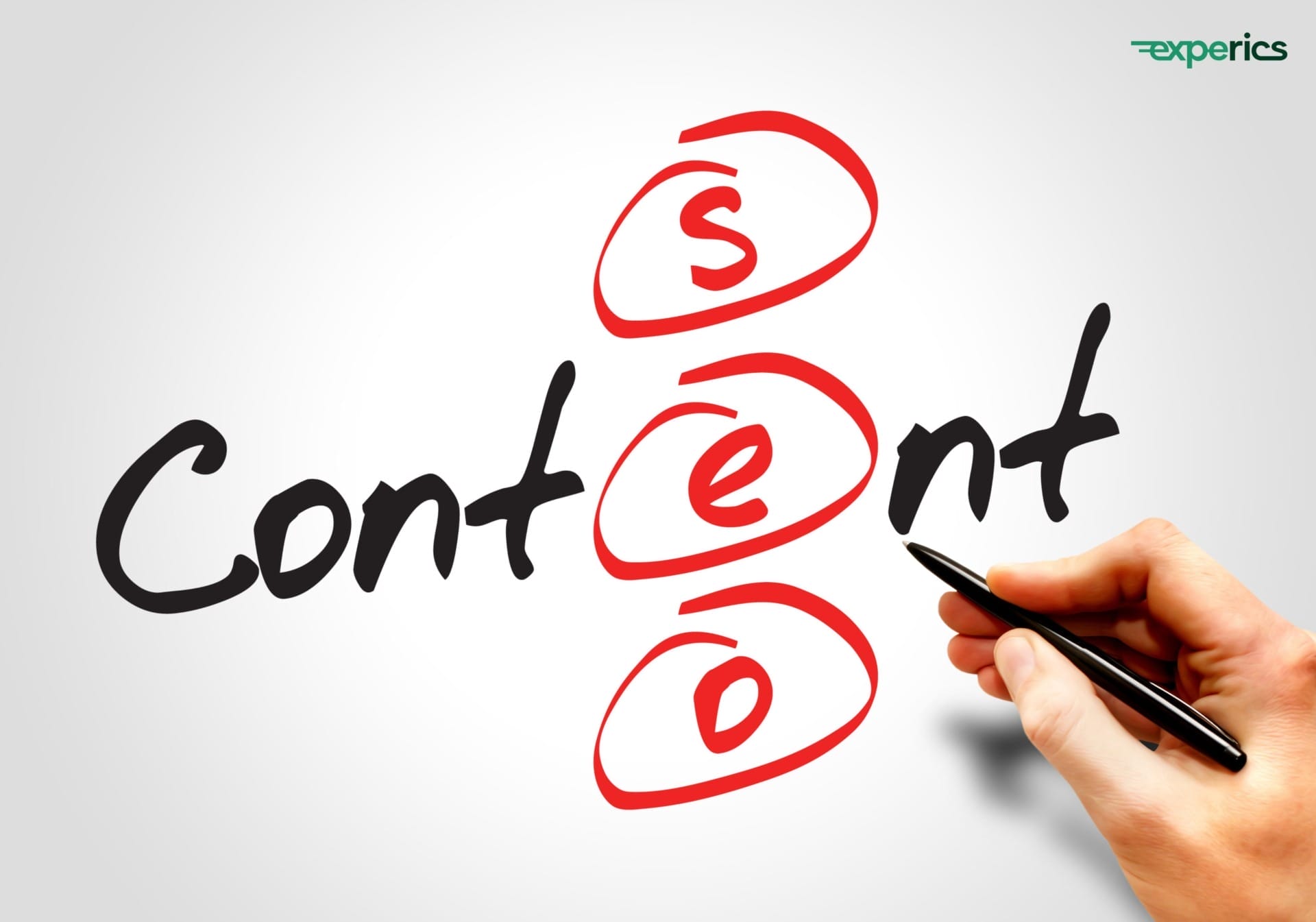 Understanding Heading Tags: Creating Well-Structured and SEO-Friendly Content
Understanding Heading Tags: Creating Well-Structured and SEO-Friendly Content
When it comes to creating well-structured and SEO-friendly content, heading tags are an essential tool to have in your arsenal. These HTML elements not only help organize your content for readers but also provide search engines with valuable information about the hierarchy and context of your content. In this article, we will delve into the meaning of heading tags, provide examples of how to use them effectively, and share some pro tips to optimize your headings for better search engine visibility.
Heading tags are HTML elements that are used to define headings and subheadings within a web page. Ranging from H1 to H6, with H1 being the most important and H6 being the least important, each heading tag serves a specific purpose. Search engines utilize these tags to understand the structure and content of a page, making it crucial to use them correctly to improve your SEO.
Let’s take a closer look at some examples of how heading tags can be used effectively:
H1: The Main Heading
The H1 tag should be reserved for the main heading of your page. It should succinctly summarize the content of the page and include relevant keywords to improve search engine visibility. This is your opportunity to capture readers’ attention and give them a clear idea of what they can expect from the content.
H2: Subheadings
Use H2 tags for subheadings that break down the main topic into smaller sections. These subheadings help readers navigate the content more easily and provide search engines with additional context about the content. By utilizing H2 tags effectively, you create a logical flow within your content, making it more reader-friendly.
H3-H6: Subheadings Within Subheadings
For larger pieces of content, such as comprehensive guides or lengthy articles, you can use H3-H6 tags to further break down subheadings into smaller sections. This not only helps organize the content but also makes it more scannable for readers. By visually dividing the content into manageable sections, you enhance the overall readability and user experience.
Now that you understand the importance of heading tags, here are some pro tips to help you optimize them for better search engine visibility:
1. Use Keywords
Including relevant keywords in your heading tags improves your chances of ranking for those terms. However, it’s important to ensure that the keywords flow naturally within the headings and avoid keyword stuffing. Be strategic and intentional with your keyword usage.
2. Keep it Concise
Headings should be concise and to the point. Avoid using long, complicated headings that may confuse readers or dilute the main message of the content. Remember, clarity is key when it comes to engaging your audience.
3. Maintain Consistency
Consistency is key when it comes to heading tags. Use a consistent hierarchy of headings throughout your content to help both readers and search engines understand the structure of your page. This creates a cohesive flow and enhances the user experience.
4. Optimize for Readability
Make sure your headings are easy to read and understand. Use clear language and avoid jargon or technical terms that may confuse readers. Your headings should provide a quick glimpse into what each section entails, enticing readers to continue reading.
5. Test and Iterate
Don’t be afraid to test different heading tag strategies and see what works best for your content. Monitor your search engine rankings and make adjustments as needed to improve your SEO performance. Each piece of content may have unique requirements, so experimenting and adapting is key to success.
In conclusion, heading tags play a crucial role in organizing your content and improving your SEO performance. By using heading tags effectively, you can help both readers and search engines understand the structure and context of your content, leading to better visibility in search results. Remember to use keywords, keep your headings concise, maintain consistency, optimize for readability, and test different strategies to find what works best for your content. With these pro tips in mind, you can master heading tags and take your content to the next level.
